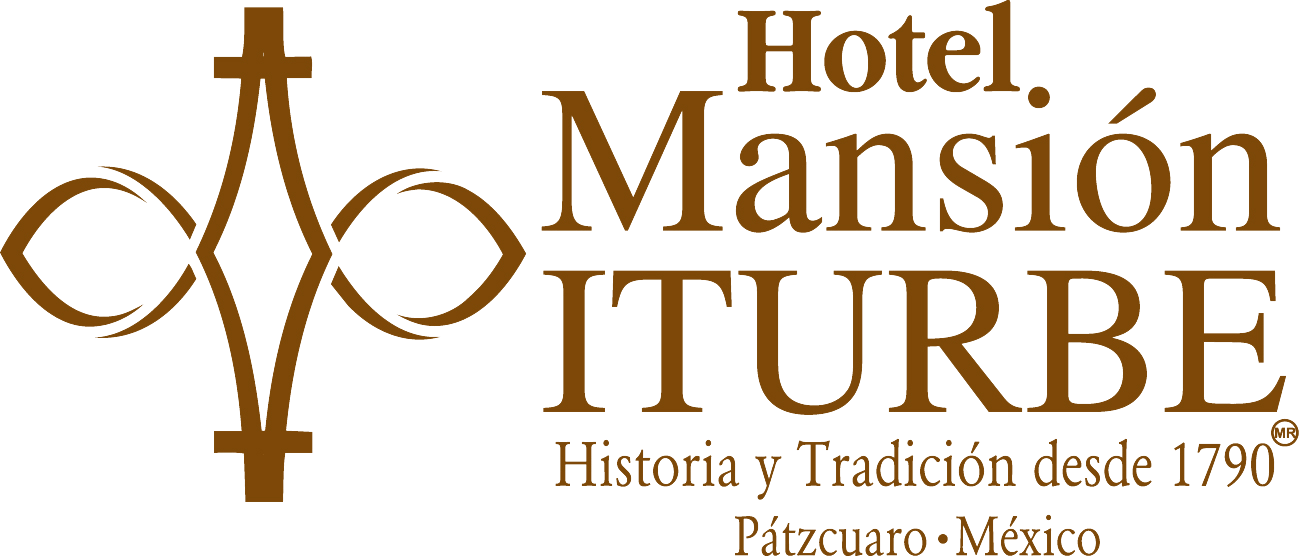FOOD FAIRE IN PATZCUARO: PART OF THE SEVENTH TRADITIONAL CUISINE OF MICHOACAN EXPO
In November 2010, UNESCO nominated Traditional Mexican Cuisine as an Intangible Heritage of Humanity,* which was adopted by the Intergovernmental Committee for the Safeguard of Cultural Intangible Heritage, in Nairobi, Kenya

Traditional Mexican Cuisine was thus elevated to the status of an expression of cultural life, taking into consideration its ancient beginnings – including recipes, ingredients, and techniques – that have been handed down for generations.
Specifically, Traditional Cuisine of Michoacan was acknowledged as a representative example of the more general Mexican Cuisine.
December 3-5, 2010, the seventh annual Traditional Cuisine of Michoacan Expo was held, and with renewed enthusiasm, commemorating and celebrating this recent elevation of status.
Morelia, Uruapan, and Patzcuaro each hosted the event, with traditional dishes of the Lake Region, such as mole de gallareta (duck mole), churipo con corundas rellenas (stuffed corunda soup), trucha a la Purenchécuaro (trout a la Purenchécuaro), mole de jitomate (green-tomato mole), pozole de elote con carne de conejo (corn pozole with rabbit), uchepos (sweet tamale), corundas (doughy treat), ponteduro (popcorn treat), calabaza en tacha (squash dessert), cocadas (coconut cookies), conserva de tejocote (Mexican crab-apple preserves), etc.
* Excerpt of UNESCO’s Nomination:
"Folk roots of traditional Mexican cuisine form an undeniable part of ancient cultural systems, in the consumption of corn, beans, and chiles. These crops, along with many others, have been the mainstay of the people and, as well as a central element in various rites and ceremonies. Their characteristics, which permit a seemingly endless versatility, ensure their eternal prominence on the Mexican table.
Noted also are the (1) methods – peculiar to México – of cultivating corn, and the use near Mexico City of the chinampa, a man-made island used for growing flowers and vegetables, (2) implements like the metate (grinding stone) and molcajetes (mortar) – both in general use everywhere, and not to mention (3) generation upon generation of their continued use; their efficacy has ensured their preservation. These elements have solidified – and continue to solidify – social bonding and cultural identity. Furthermore, they have been a significant part of the development of great Mesoamerican civilizations, and their survival will continue well into the future, both in the indigenous community and elsewhere.
All this ensures the preservation of these products and techniques and the handing down of these customs, thus promoting a sustainable development. It is vital that this model of safeguarding and handing down – already in place in Michoacan – be extended to other areas where these ancient cultural elements are now threatened.
Work carried out by numerous communities in the State of Michoacan (in the east-central part of the country) conforms to the guidelines of this document. Those communities have demonstrated their ability to perform according to the model of safeguarding their local cuisines, which should be applied to the other communities of the country."
It is important also to point out that, along with the Traditional Cuisine of Mexico, the traditional folk songs of the Purépechas – pirekuas – were also declared an Intangible Heritage of Humanity.
Recommended links:
HOTEL MANSION ITURBE
Portal Morelos 59
Portal Morelos 59
Plaza Vasco de Quiroga
61600 Patzcuaro, Michoacan
México
Tel: +52 (434) 342 0368 / 342 3628
Fax: +52 (434) 342 3627
ONLINE RESERVATIONS: http://www.mansioniturbe.com/
Toll Free fax number from USA & CANADA: 1-866-678-6102




















Comentarios